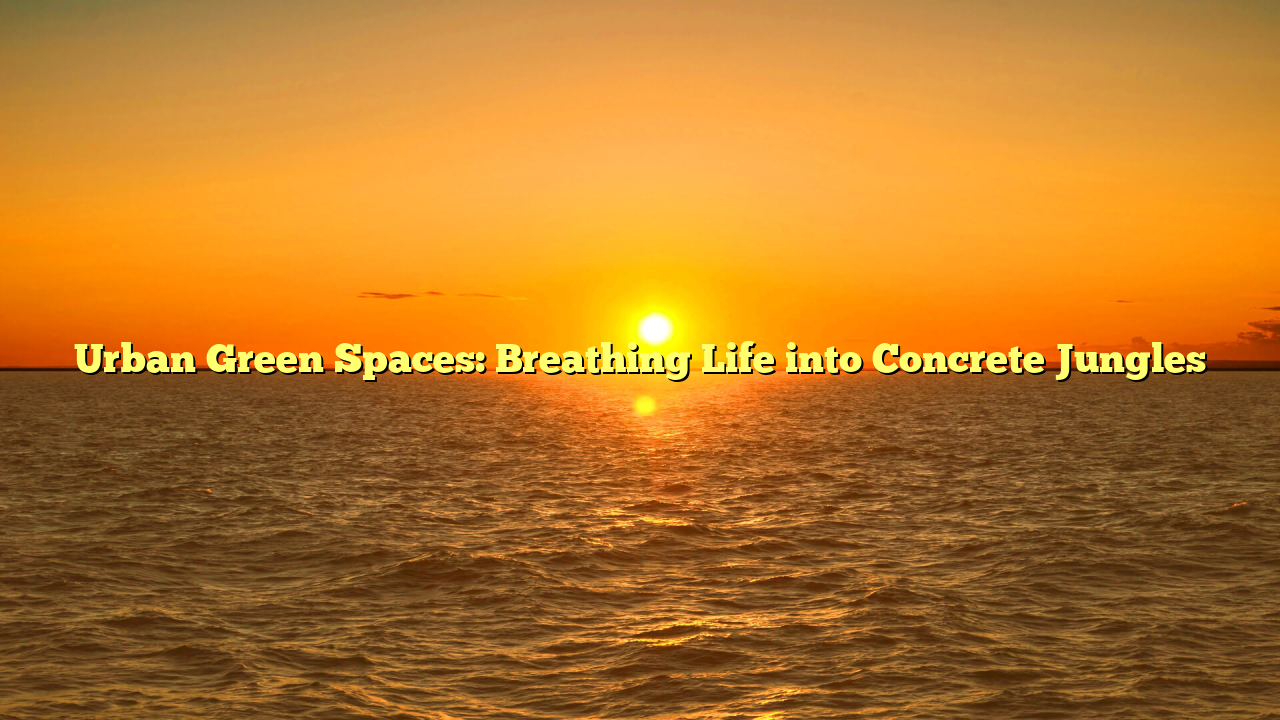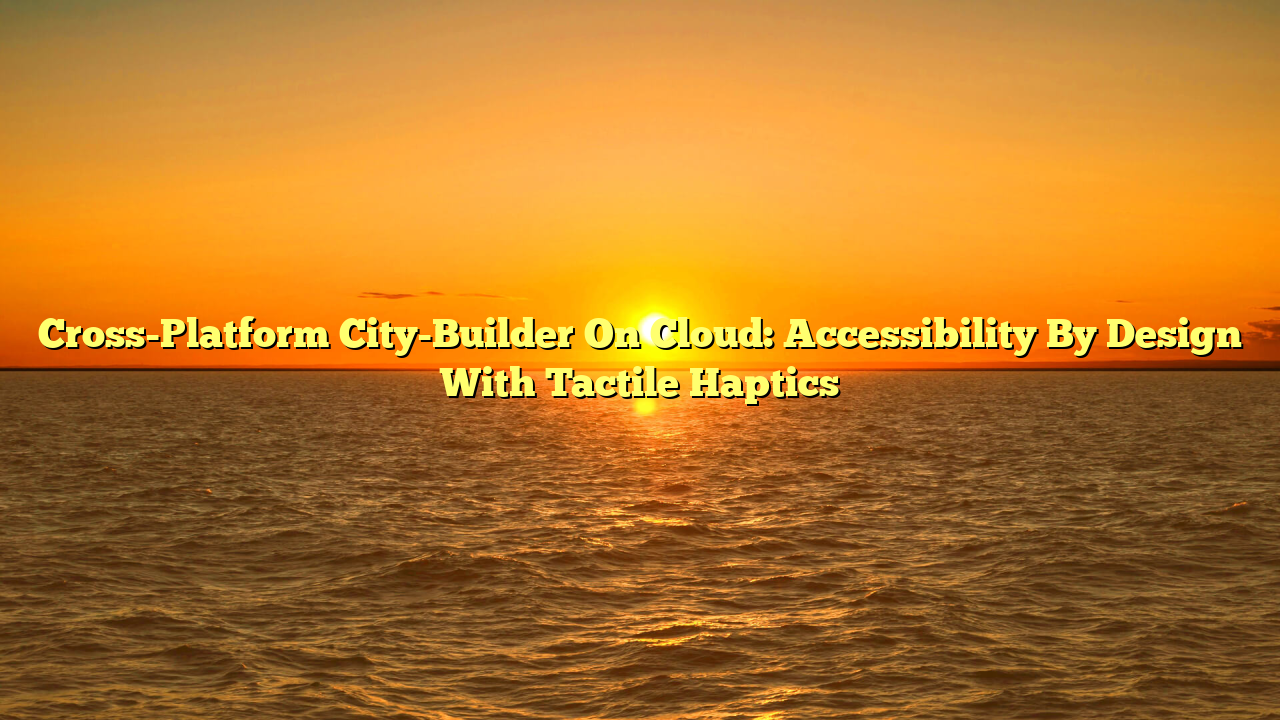In the heart of every sprawling city lies a network of urban green spaces—parks, community gardens, tree-lined boulevards, and rooftop terraces—each one a vital oasis amid the concrete and steel. These patches of greenery offer more than just aesthetic relief; they play an essential role in enhancing public health, fostering social connections, and birtoto mitigating environmental challenges. As cities continue to grow and densify, the preservation and expansion of green spaces have never been more crucial.
Health and Well-Being
Access to nature isn’t a luxury—it’s a public health necessity. Studies have consistently shown that spending time in green spaces lowers stress levels, reduces symptoms of anxiety and depression, and even boosts immune function. For city dwellers coping with the demands of fast-paced urban life, a walk through a leafy park or a few minutes sitting beneath a canopy of trees can act like a reset button for both mind and body.
Social Cohesion and Community Building
Beyond individual benefits, parks and gardens serve as communal meeting grounds. Children learn to play and cooperate, families picnic together, and neighbors strike up conversations on winding pathways. Community gardens, in particular, transform vacant lots into shared plots, encouraging collaboration among diverse residents. These interactions build social capital, fostering a sense of belonging that strengthens the social fabric of the city.
Environmental Resilience
Green spaces also function as natural infrastructure. Trees and plants absorb carbon dioxide, helping to mitigate climate change. Their leafy surfaces cool surrounding air, combatting the urban “heat island” effect that makes cities significantly warmer than rural areas. Rain gardens and permeable lawns aid in stormwater management, reducing flooding by allowing water to seep into the ground rather than overwhelming drainage systems. Collectively, these ecosystem services make cities more livable and resilient in the face of extreme weather events.
Designing for the Future
Urban planners and policymakers are increasingly recognizing the multifaceted value of green spaces. Innovative approaches—such as green roofs, vertical gardens, and “pocket parks” squeezed into underutilized spaces—are helping to extend the reach of nature into every neighborhood. Successful models, from New York’s High Line to Singapore’s Gardens by the Bay, demonstrate how creative design can harmonize urban development with natural elements.
As the global population becomes ever more urbanized, the challenge is clear: to build cities that nurture both people and the planet. Prioritizing urban green spaces is a straightforward yet powerful strategy. By weaving nature into the urban tapestry, we cultivate healthier, happier, and more sustainable communities—proving that even amid the densest concrete jungles, life flourishes best where green is given room to grow.

